Ferrari driver Charles Leclerc said he thought Romain Grosjean had been killed in the horrific accident that marred the Bahrain Grand Prix earlier this week.
The Haas driver was engulfed by a massive fireball when his car split in half after hitting the barrier on the opening lap of the race.
Grosjean escaped with minor burns to his hands and has already been released from hospital.
MORE:
» World champ hammers Ricciardo over 'disgusting' claims
» Hero doctor had 'very little window' to help Grosjean
» Horror crash wasn't only near-fatality in Bahrain race
» Grosjean opposed feature that saved his life
"I saw the crash in my mirrors, was aware straight away that it was extremely serious and I thought the worst straight away," Leclerc told the BBC.
"I have to be honest, I didn't have much hope only watching it in the mirrors, and I was extremely worried.
"Unfortunately, there was no news until I got back into the pits and got out of the car to finally know he was out, which I couldn't really believe, especially because coming into turn nine, I saw the flames and the fire."
Leclerc is the godson of Jules Biachi, the last driver to be killed as a result of a crash in a Formula One car. Bianchi died nine months after his accident in the 2014 Japanese Grand Prix. Leclerc was also a childhood friend of Antoine Herbert, who died following an accident in the F2 race at last year's Belgian Grand Prix.
Leclerc's comments come as Grosjean made an emotional return to the circuit that so nearly claimed his life, thanking the marshals and medical staff who helped him escape the inferno.
The FIA has modified the section of track where Grosjean crashed, ahead of this weekend's race, which uses a different configuration of the Bahrain track, including the area where the accident happened.
A row of tyres now protects the wall where Grosjean's accident occurred. The Armco barrier was destroyed in the crash, and was replaced by a temporary concrete wall for last weekend's race. The Armco has been re-built for this weekend, but now sits behind two rows of tyres, which are designed to cushion any impact.
In a statement the FIA said the changes were made "following a review of the recent Bahrain FIA Formula One World Championship event."
The governing body has opened an investigation into the crash, the results of which are expected before the start of the 2021 season.
"The investigation into the Grosjean incident will look at all areas including competitor safety devices such as the helmet, HANS (a head restraint device), safety harness, protective clothing, survival cell, headrest, in-car extinguisher system and the Halo," the FIA said in a statement.
"Analysis will also include chassis integrity and the safety barrier performance."
Grosjean hit the barriers at just over 220kph.
"As with all serious accidents, we will analyse every aspect of this crash and collaborate with all parties involved," FIA safety director Adam Baker said. "With so much data available in Formula One, it allows us to accurately determine every element of what occurred."
Grosjean's former teammate, Jolyon Palmer, has admitted he was against the introduction of the halo head-protection system when he was racing in Formula One, but now says it almost certainly saved the Frenchman's life.
"Alongside Grosjean and several other drivers at the time, I was very anti-halo when governing body the FIA, under the guidance of its F1 director Charlie Whiting, was working to introduce it a few years ago," he wrote in his column for the BBC.
"I sat through many briefings about the halo during my time as a driver. It was pretty much in my time in F1 from 2015 to 2017 that the halo was introduced, from inception as an idea all the way through to implementation for the start of the 2018 season.
"I spoke out against it on numerous occasions. I thought it was changing the sport in a negative manner without providing a substantial improvement."
Palmer, who knew Henry Surtees and Justin Wilson, who were both killed in accidents, initially thought the halo went against everything F1 stood for.
"To me, a canopy over the driver's head was taking away from the very ethos of F1 – an open-cockpit sport," he wrote.
"But Grosjean's accident has demonstrated very clearly that motorsport is full of dangers, some of which you cannot anticipate.
"Clearly, introducing the halo was the right thing to do."
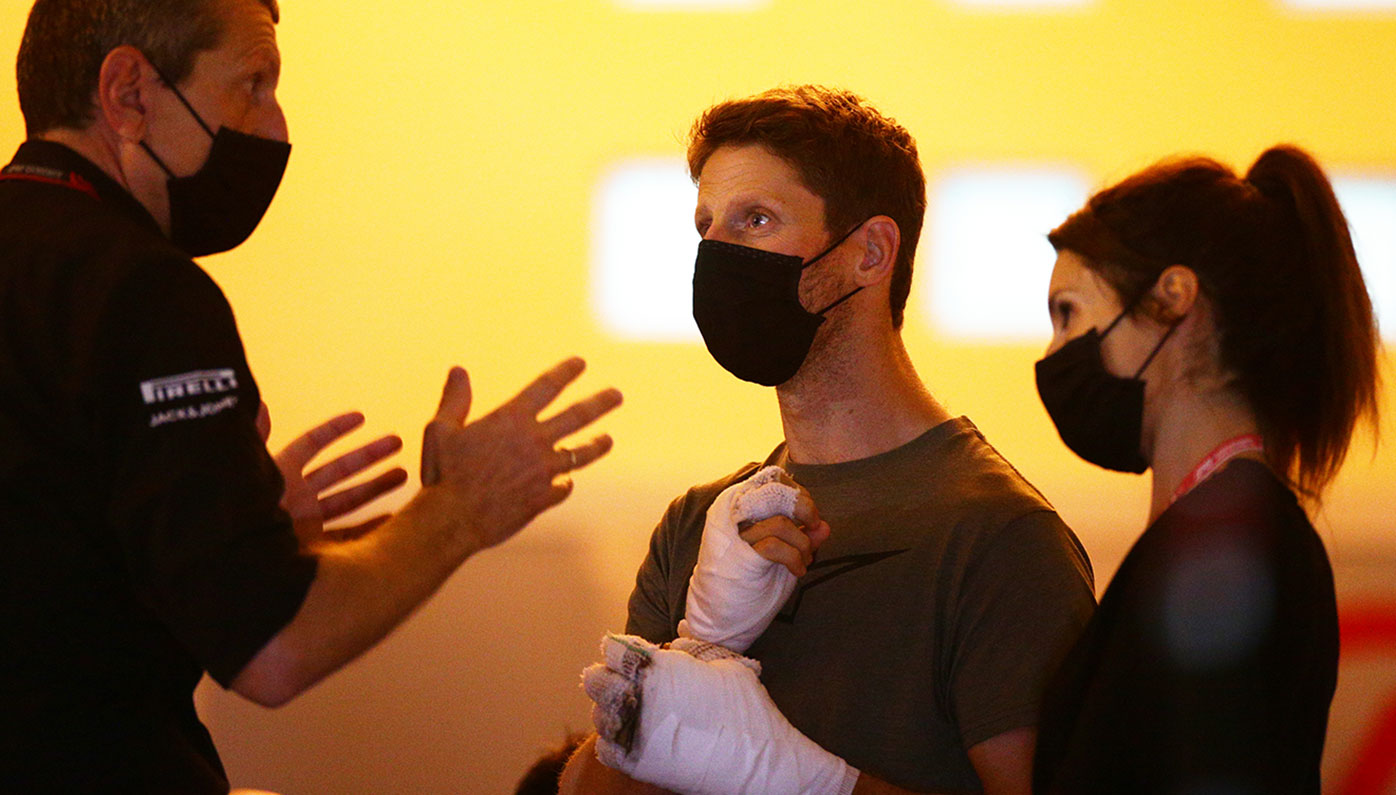
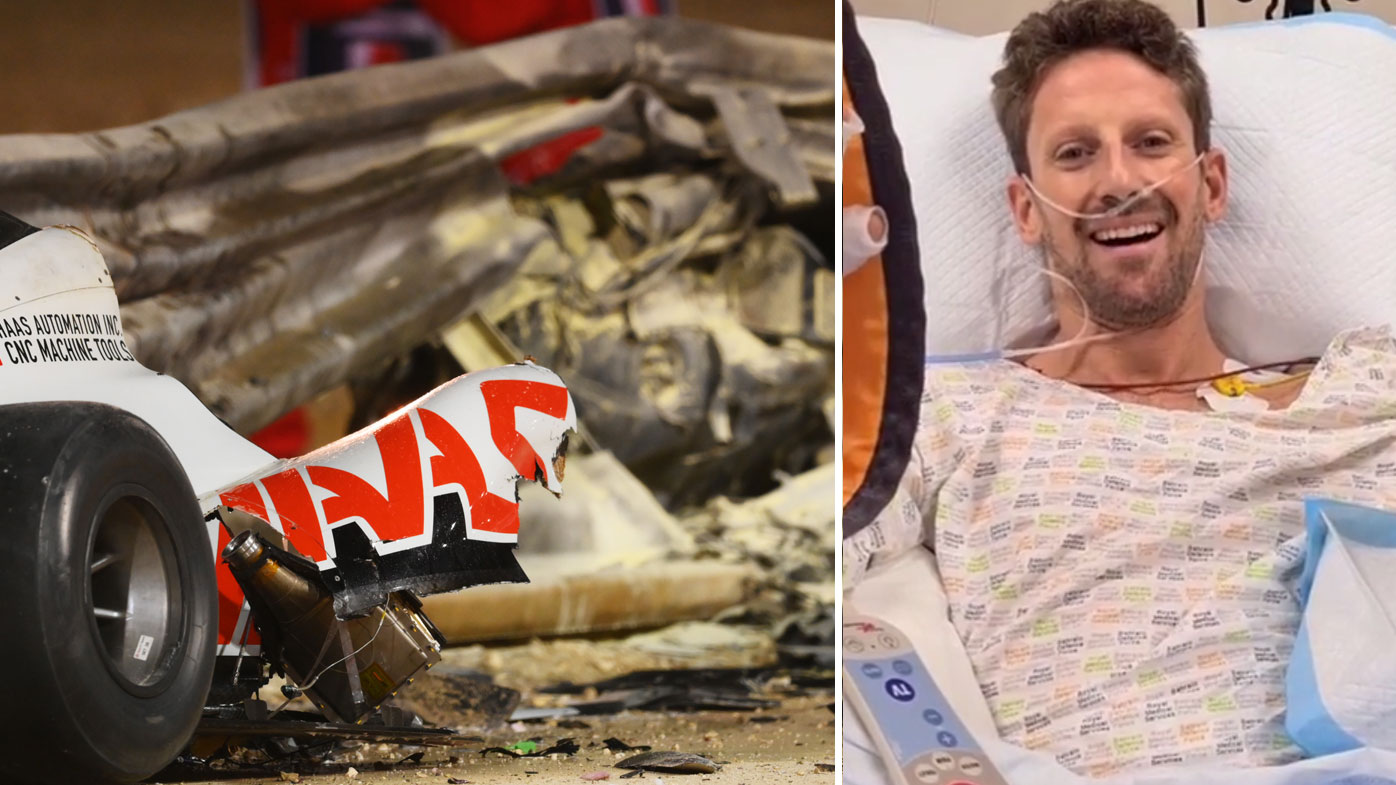
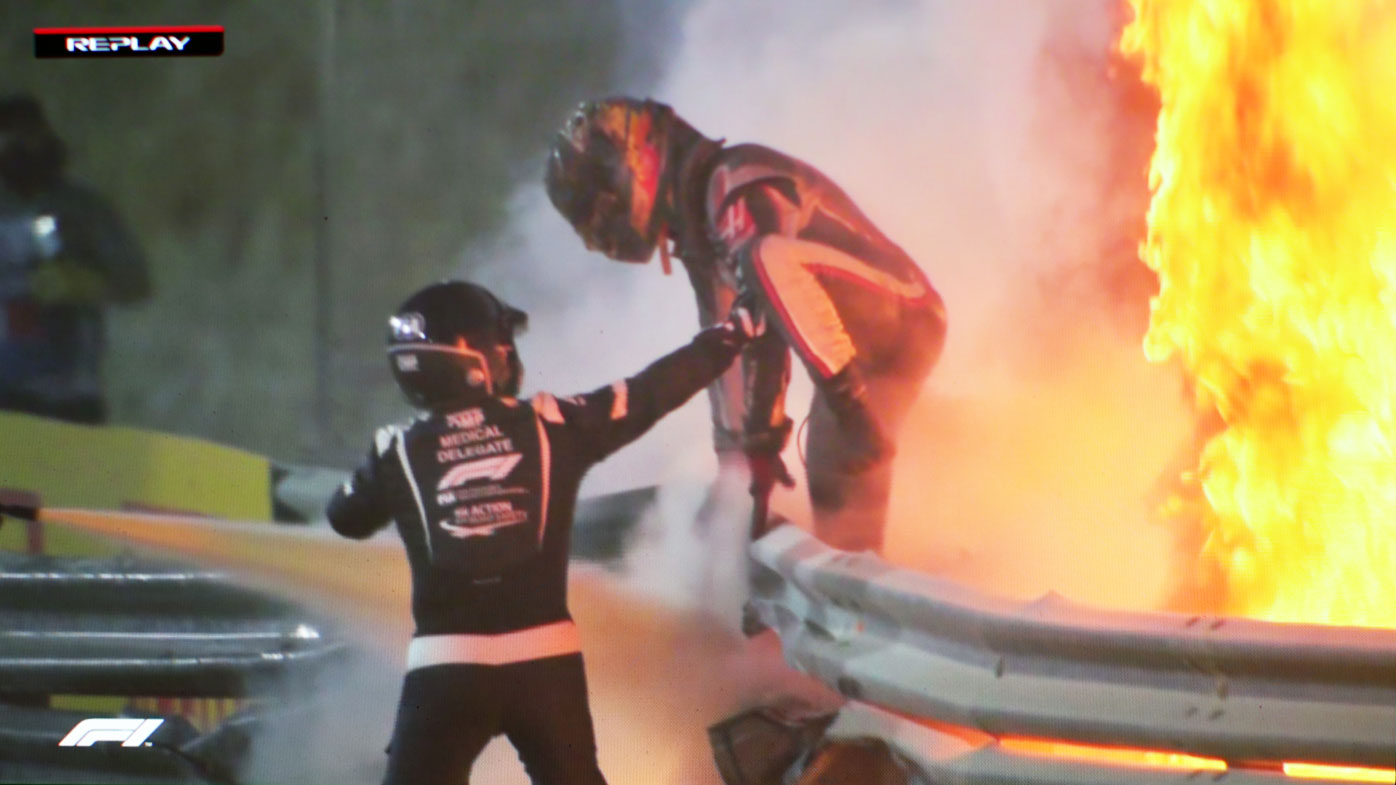
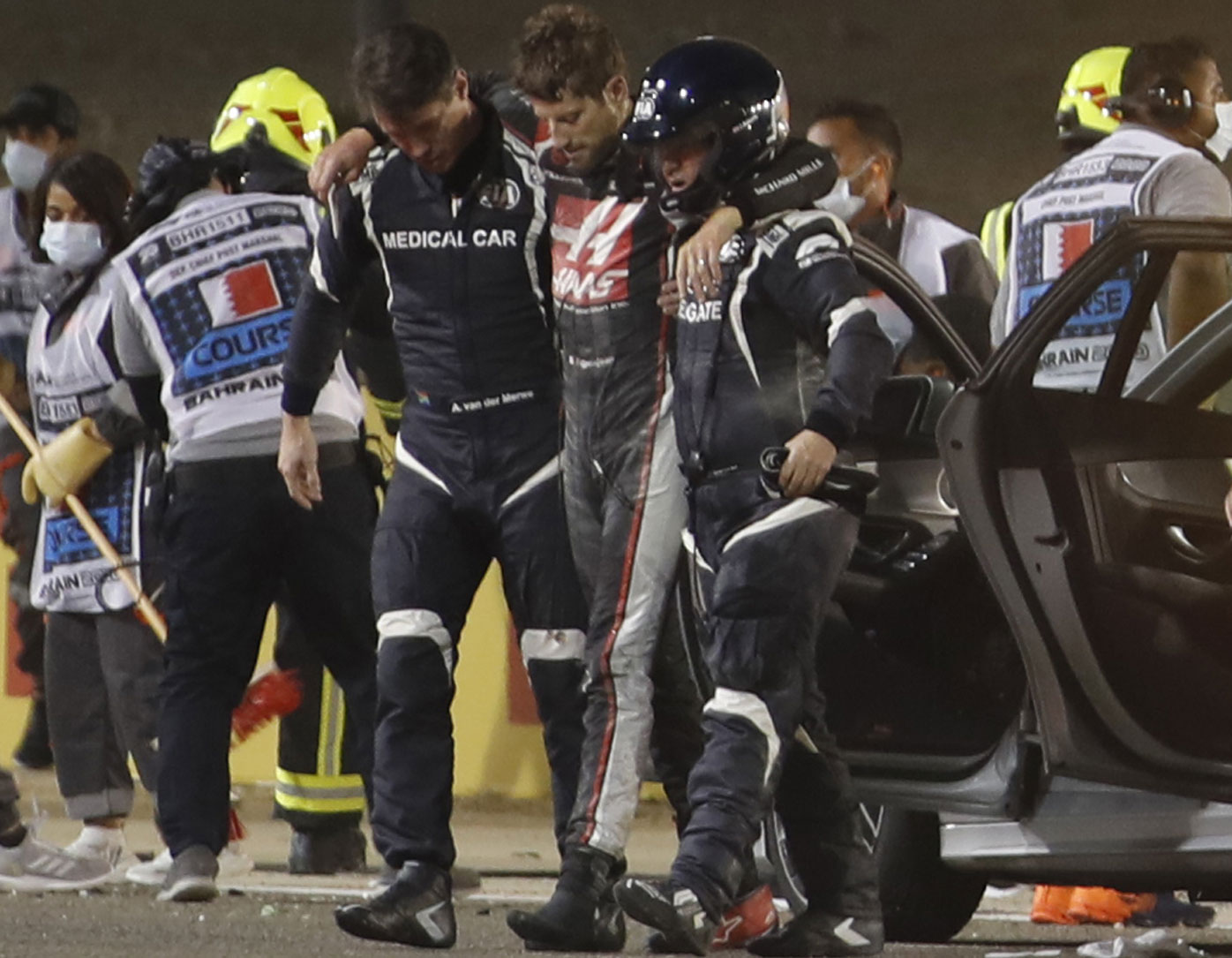
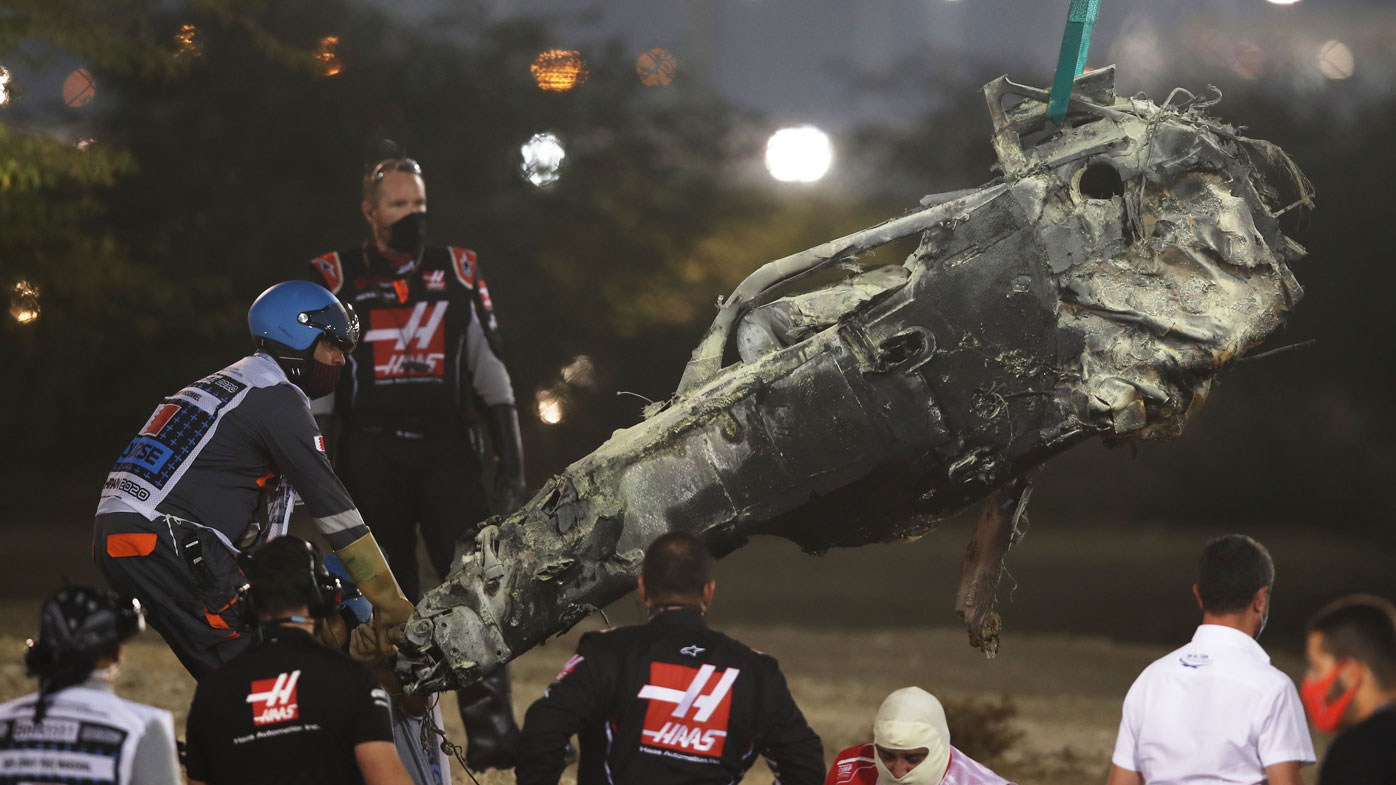
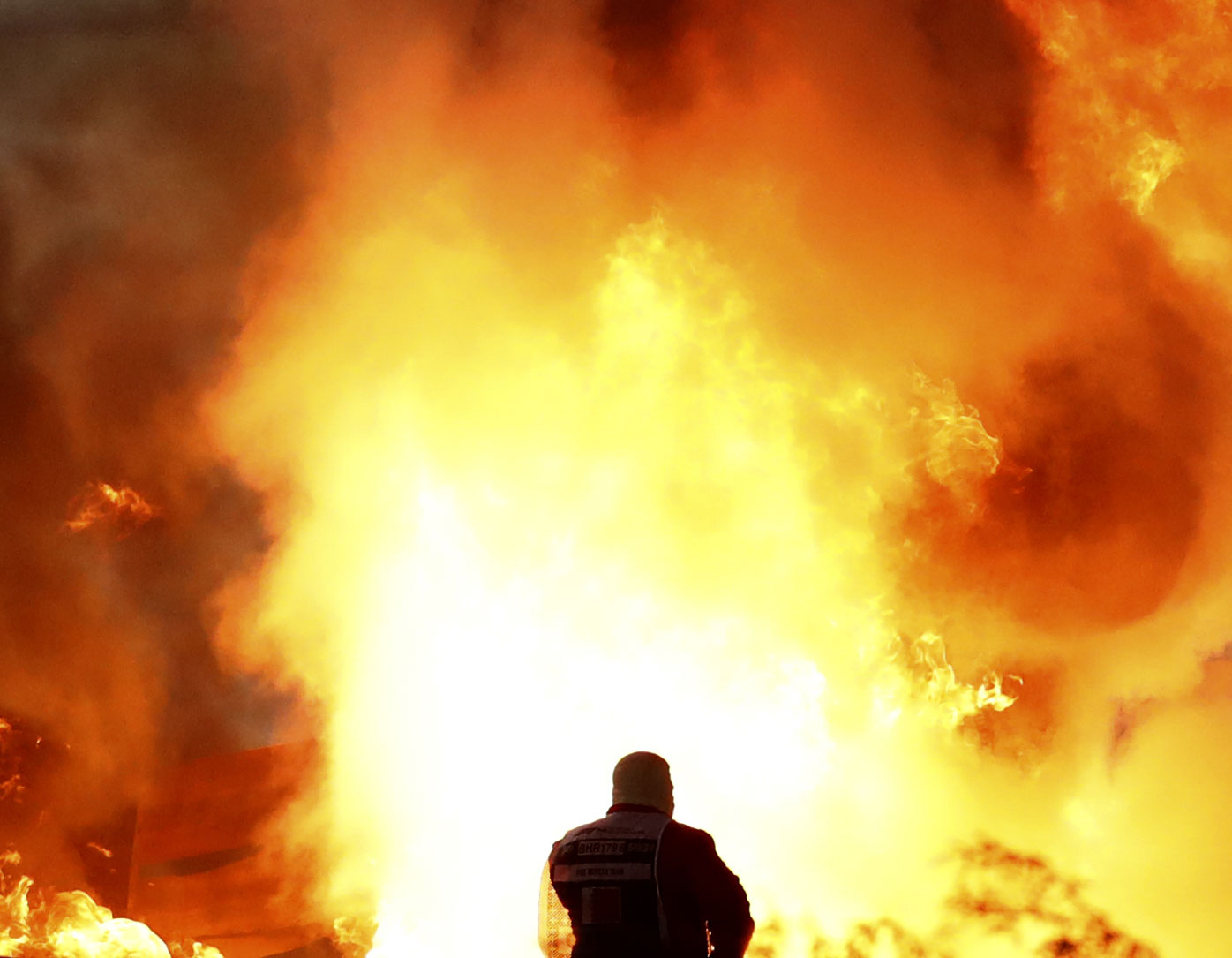
Leave a Reply
You must be logged in to post a comment.